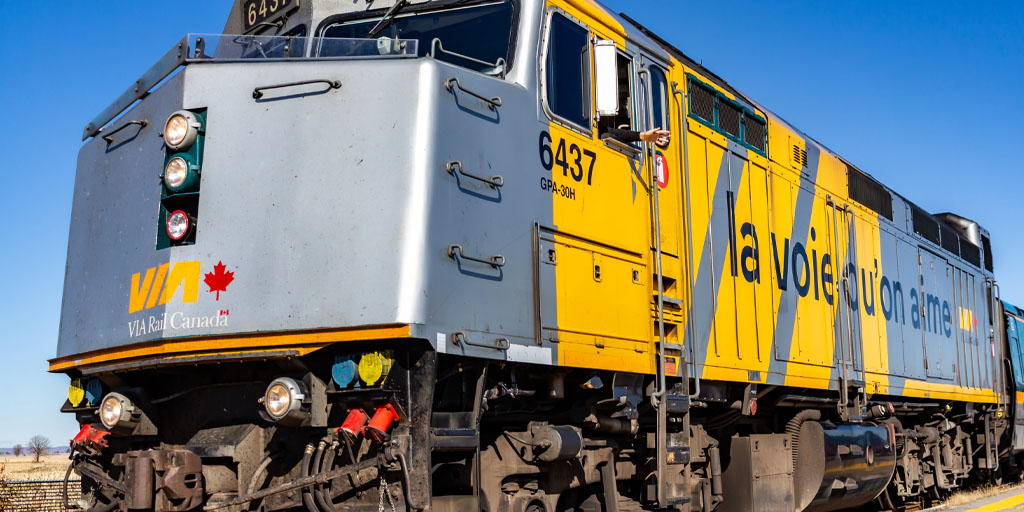Agreed, though the metric unit is spelt tonne. One ton is approximately equal to 0.9 tonnes.
Corrected, thanks! (I'm learning more about the correct spelling and usage of the English language posting on forums like this than by doing two university degrees in said language...)
What is the mass of an empty Venture car? The link you provided says the Charger locomotive "weighs just 271,000 pounds" but it doesn't mention the mass of the Venture cars. I suspect this is because each car will be different depending on how it is configured, but it would be nice to have a ballpark or range.
Even though I couldn't find any weight for the Venture either, the Viaggio (as the older European cousin) has a tare weight of 46 tonnes and I have every reason to believe that any FRA-compliant design would be quite a bit heavier than that...
Interesting. I agree there isn't a power issue with a single locomotive. The worry I have with using cab cars more has to do with the physics of pushing a train. On straight track, if a car derails while being pushed, the slight offset resulting from the derailment will create an outward lateral force, pushing the car away from the centre of the track. When being pulled, that lateral force will be inward and pull the car back to the centre of the track, tending to keep it aligned on the centre of the track.
I would assume they have safety measures in place that will detect a derailment like this and automatically have the locomotive slow down when pushing, putting the train in tension, thus pulling the cars back to the centre. Otherwise, if unchecked, the situation could quickly escalate (especially at higher speeds) and could result in the train accordioning.
At its longest configuration, it is 7 car lengths long, so approximately 240 metres (8 car lengths à 30 metres). At its top speed of 110 mph, a train travels 49 metres a second. Therefore, it takes less than 5 seconds to travel the train's entire length. If the train derails (or worse: hits an obstacle) at such speeds, it's virtually irrelevant whether the train was accelerating or decelerating at the moment of impact.
According to the
German Wikipedia page of the
Eschede disaster, the separation of the train (ICE 1, thus locomotives on both ends) after the third car triggered an emergency
break brake application on the detached cars and the trailing locomotive within half a second, while also lowering its pantograph. However, it took the leading locomotive 71 seconds to
break brake from a speed of 170 km/h to standstill and whereas it survived almost intact, the rest of the train looked like this:
Regarding Brightline, my guess is that since it was a small order (only 5 trainsets), the NRE cost of designing a cab car exceeded the cost of purchasing 5 extra locomotives. Also, I gather the plan is to eventually
expand the trainsets up to 10 cars, so maybe they would need a second locomotive then.
First they'll need to resume service again (which had been suspended since March 25, 2020, for obvious reasons, but is expected to resume again next month)...

 policyoptions.irpp.org
policyoptions.irpp.org







